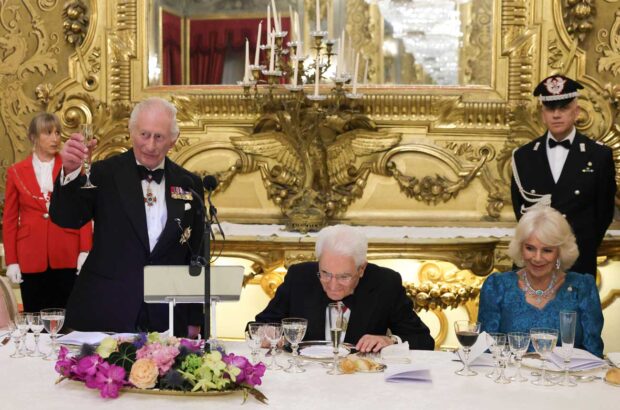When you’re smelling wine to assess the aromas, how much should you stick your nose into the glass and what's the best sniffing technique?
David Glancy MS, of San Francisco Wine School, gives his advice on how to smell wine:
The best answer I’ve ever heard was that from the 11th generation CEO of Riedel Glassware, Maximilian Josef Riedel. He said: ‘If you wear glasses, wait until the click (when your glasses hit the glass).’
Do not over inhale, be gentle. And if you can, breathe into the nose, and out through the mouth. You will smell a lot more if you can do that. And then you put the wine into your mouth, then (breathe) from the nose. By circulating the air both ways, you’ll sense more aromas and flavours. It takes practice to do that.
By the way, I don’t think the size of your nose matters. The key is the olfactory epithelium (a specialised tissue that helps human brains to sense smell), not the nostrils.
But if you’ve got blockage in the nose, for instance if your nose is bent, that can be a problem.
See also:
Primary and secondary aromas: What’s the difference?
Tasting notes decoded: What does it all mean?
Written by Sylvia Wu, who is editor of DecanterChina.com and is visiting California as part of a media trip hosted and funded by the California Wine Institute.
To get your question answered, email us: editor@decanter.com or on social media with #askDecanter







